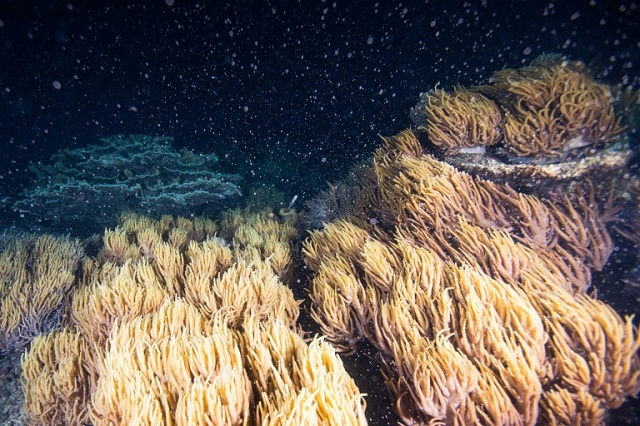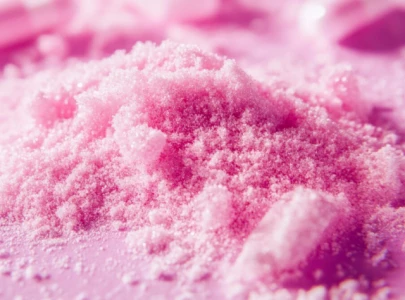
Buffeted by climate change-induced rising sea temperatures and coral bleaching, the world's largest reef system goes into a frenzy once a year with a mass release of coral eggs and sperm that is synchronised to increase the chances of fertilisation.
Man killed in third shark attack in weeks on Great Barrier Reef
Marine biologist Pablo Cogollos, from Cairns-based tour operator Sunlover Reef Cruises, said the first night of the 2019 spawning was notably "prolific" in a positive sign for the under-threat ecosystem.
"There was three times the volume of eggs and sperm compared to last year, when the soft corals spawned four nights after the full moon and it was deemed to be the best coral spawn in five years," he said.
The natural wonder, which has been likened to underwater fireworks or a snowstorm, occurs just once a year in specific conditions: after a full moon when water temperatures hover around 27 to 28 Celsius.
Soft corals are the first to release, followed by hard corals, in a process that typically spans between 48 and 72 hours.
Coral along large swathes of the 2,300-kilometre (1,400-mile) reef have been killed by rising sea temperatures linked to climate change, leaving behind skeletal remains in a process known as coral bleaching.
Two Americans die in Great Barrier Reef chopper crash
The northern reaches of the reef suffered an unprecedented two successive years of severe bleaching in 2016 and 2017, raising fears it may have suffered irreparable damage.
Scientists last year launched a project to harvest coral eggs and sperm during the spawning, from which they plan to grow coral larvae and use it to regenerate badly damaged areas of the reef.





1732707402-0/Untitled-design-(8)1732707402-0-270x192.webp)











COMMENTS
Comments are moderated and generally will be posted if they are on-topic and not abusive.
For more information, please see our Comments FAQ